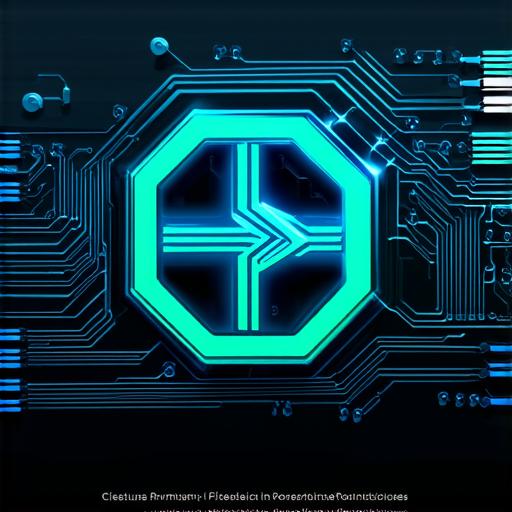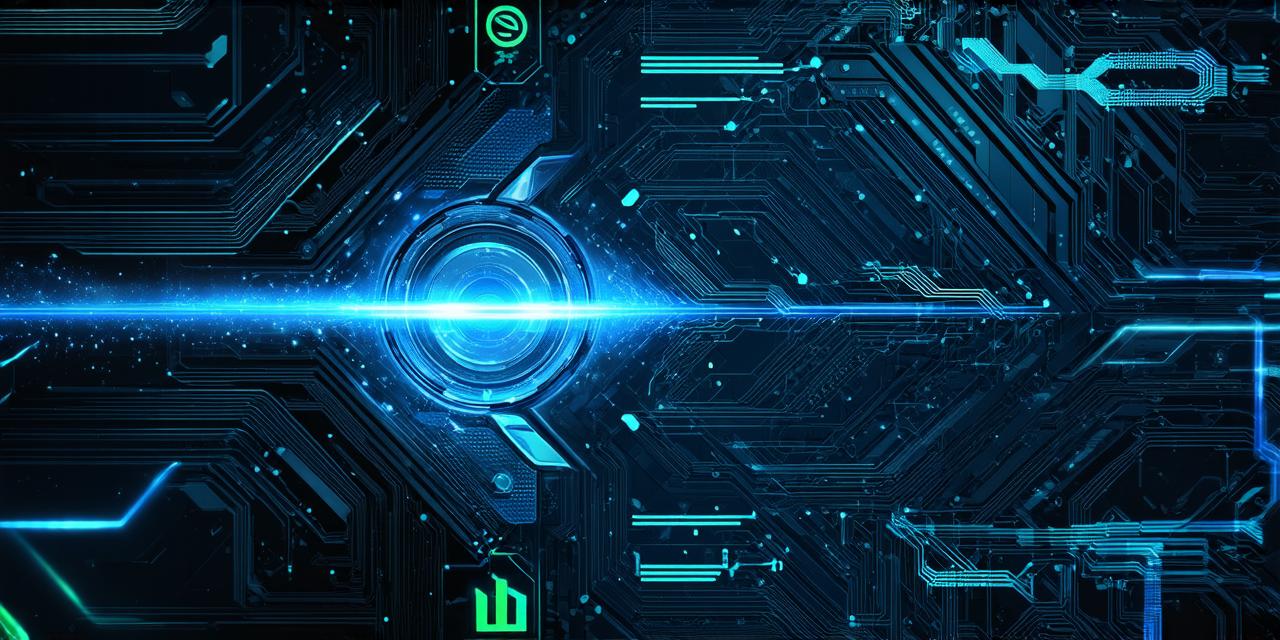Understanding the basics of AI and blockchain
Before diving into the specifics of how blockchain supports AI, it’s essential to understand what these two technologies are and how they work. AI is a branch of computer science that focuses on creating intelligent machines that can perform tasks that typically require human intelligence, such as speech recognition, image analysis, and natural language processing.
On the other hand, blockchain is a distributed ledger technology that allows for secure and transparent transactions without intermediaries. It’s based on a decentralized network of computers that work together to maintain a shared database of transactions, ensuring that no single entity can manipulate or control the data.
How blockchain supports AI
Now that we have a basic understanding of what AI and blockchain are let’s explore how they can support each other. One of the main ways that blockchain supports AI is by providing a secure and transparent platform for data sharing.

Blockchain provides a solution to these challenges by creating a decentralized platform where data can be shared securely and transparently. This means that AI models can access data from multiple sources without worrying about data ownership or control, which can significantly improve their accuracy and performance.
Another way that blockchain supports AI is by providing a tamper-proof database for storing and retrieving data. With blockchain, data is stored in an immutable ledger, which means that once it’s added to the ledger, it cannot be altered or deleted.
This provides a level of security and integrity that is essential for many AI applications, such as fraud detection, predictive maintenance, and supply chain management.
Finally, blockchain can also support AI by enabling decentralized decision-making processes. With blockchain, smart contracts can be used to automate complex decision-making processes, allowing AI models to make decisions based on predefined rules and criteria. This can significantly improve efficiency and reduce the risk of errors or bias in decision-making.
Real-life examples of blockchain supporting AI
To help illustrate how blockchain supports AI, let’s look at some real-life examples. One example is IBM’s Watson, an AI platform that uses natural language processing to understand and analyze text data.
Watson has been used in various industries, including healthcare, finance, and retail, to help organizations make better decisions by providing insights from large amounts of data.
In the healthcare industry, Watson has been used to analyze patient data and identify potential health risks, leading to more personalized and effective treatments. In finance, Watson has been used to detect fraud and predict market trends, helping financial institutions make more informed investment decisions.
Another example is the use of blockchain in supply chain management. With blockchain, supply chain data can be shared securely and transparently across multiple parties, allowing for better tracking and monitoring of goods in transit.
This can improve efficiency, reduce costs, and increase transparency, leading to a more sustainable and ethical supply chain.
FAQs
1. What is the relationship between blockchain and AI?
AI and blockchain are two technologies that can work together to create powerful synergies. Blockchain provides a secure and transparent platform for data sharing, while AI can analyze and make sense of that data.
